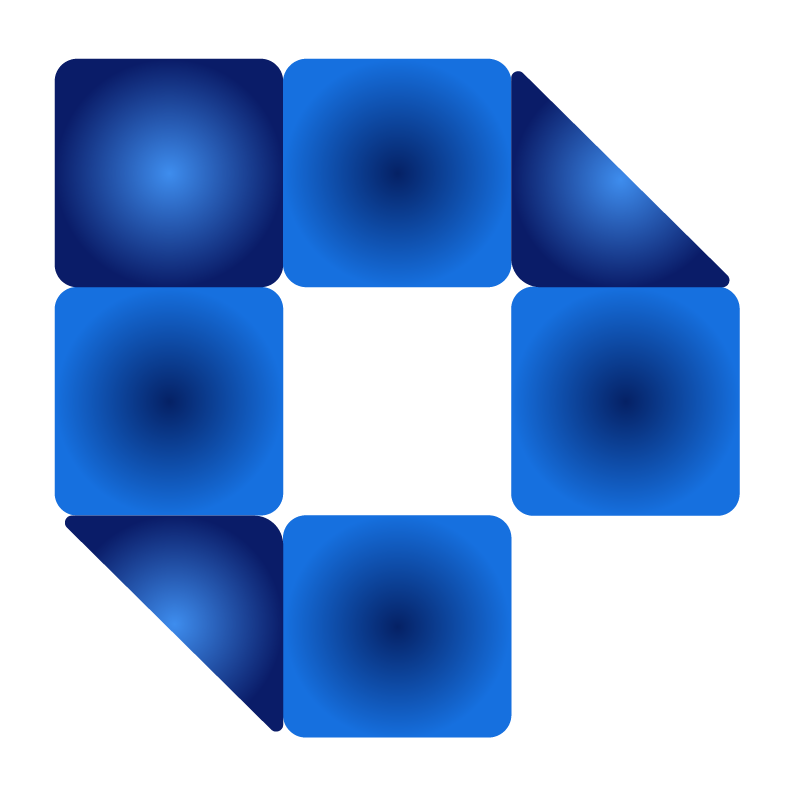Exploring the Latest Software Trends: Innovations Shaping Our Digital Future
Introduction:
In the ever-evolving landscape of technology, staying abreast of the latest software trends is crucial for businesses and developers alike. From emerging technologies to shifting paradigms in development methodologies, understanding these trends can provide valuable insights and opportunities for innovation. In this blog post, we’ll delve into some of the most prominent software trends that are shaping our digital future.
- Artificial Intelligence and Machine Learning:
- Artificial intelligence (AI) and machine learning (ML) continue to dominate the software landscape. AI-powered applications are revolutionizing industries such as healthcare, finance, and retail, by enabling automation, predictive analytics, and personalized user experiences. From chatbots and virtual assistants to recommendation systems and autonomous vehicles, the applications of AI and ML are virtually limitless.
- Low-Code and No-Code Development Platforms:
- Low-code and no-code development platforms are democratizing software development, allowing users with varying levels of technical expertise to create applications with minimal coding knowledge. These platforms offer drag-and-drop interfaces, pre-built templates, and visual development tools, accelerating the development cycle and empowering business users to innovate without relying solely on IT departments.
- Cloud-Native Architecture:
- Cloud-native architecture is becoming the standard for building and deploying modern software applications. By leveraging cloud services such as containers, microservices, and serverless computing, organizations can achieve greater scalability, resilience, and agility. Cloud-native technologies enable developers to build and deploy applications faster, while also reducing infrastructure costs and operational complexity.
- Edge Computing: As the Internet of Things (IoT) continues to proliferate, edge computing is emerging as a critical trend in software development. Edge computing involves processing data closer to the source of generation, such as IoT devices, rather than relying solely on centralized data centers. This approach reduces latency, enhances security, and enables real-time decision-making, making it ideal for applications that require low latency and high reliability.
- Cybersecurity and Privacy:
- With the increasing frequency and sophistication of cyber attacks, cybersecurity and privacy have become paramount concerns for businesses and consumers alike. Software developers are focusing on integrating robust security measures into their applications, such as encryption, multi-factor authentication, and intrusion detection systems. Additionally, privacy-enhancing technologies like differential privacy and zero-knowledge proofs are gaining traction to protect sensitive data and preserve user privacy.
- Ethical AI and Responsible Technology:
- As AI technologies become more pervasive, there is growing awareness of the ethical and societal implications of their use. Developers are increasingly adopting principles of responsible AI, such as fairness, transparency, and accountability, to ensure that AI systems are deployed ethically and equitably. Organizations are also investing in AI ethics training and establishing guidelines for the responsible use of AI to mitigate potential risks and biases.
Conclusion:
The software landscape is constantly evolving, driven by a myriad of technological advancements and shifting market dynamics. By staying informed about the latest software trends, businesses and developers can adapt to changing environments, seize opportunities for innovation, and ultimately, shape the future of technology. Whether it’s harnessing the power of AI, embracing cloud-native architecture, or prioritizing cybersecurity and privacy, staying ahead of the curve is essential for success in today’s digital world.


